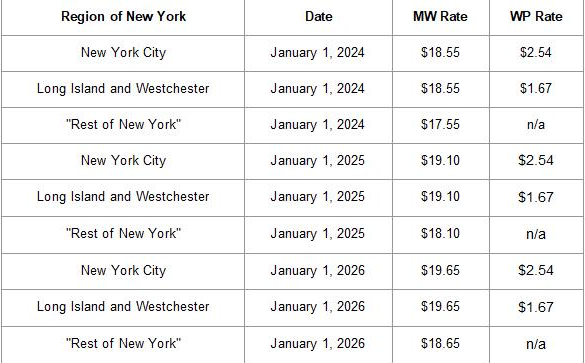On May 30, 2023, the National Labor Relations Board (“NLRB”) General Counsel, Jennifer Abruzzo, issued a memo titled “Non-Compete Agreements that Violate the National Labor Relations Act.” The memo details how the NLRB views non-compete agreements between employers and employees and suggests that, generally, non-compete agreements violate employees’ rights under the NLRA. Importantly, a memo is not a decision, meaning there is no decision holding that a non-compete violates the NLRA.
By way of background, Section 7 of the NLRA protects employees’ rights, and it is an unfair labor practice “to interfere with, restrain, or coerce employees in the exercise” of rights guaranteed under Section 7. The NLRA applies to employees that are represented by a union, and those that are not represented by a union.
According to the memo, non-compete agreements violate the NLRA unless they are “narrowly tailored to address special circumstances justifying the infringement on employee rights.” The memo describes the following types of protected activities that non-compete agreements allegedly suppress:
- Concertedly threatening to resign for better conditions: Non-compete agreements can discourage employees from collectively threatening to quit as a negotiation tool for better working conditions due to fear of limited employment opportunities and potential legal consequences.
- Carrying out concerted resignations for better conditions: The agreements can discourage group resignations intended to improve working conditions, as employees might fear being unable to secure new employment due to the non-compete restriction.
- Seeking or accepting employment with a competitor: Non-compete agreements can deter employees from pursuing employment with local competitors to improve their working conditions, as this could potentially breach the agreement.
- Soliciting co-workers to work for a local competitor: Employees may fear inviting co-workers to join a local competitor due to the potential legal ramifications associated with breaches of non-compete agreements.
- Seeking employment to engage in protected activities: Non-compete agreements can discourage employees from seeking new jobs to engage in protected activities, like union organizing, at the new workplace, as the agreements limit their mobility and potential employment opportunities.
The potential implications of this memo could be vast. It suggests that employers should exercise caution when requiring non-compete agreements and that such agreements should be narrowly tailored to specific, valid business interests. It specifies that “a desire to avoid competition from a former employee is not a legitimate business interest that could support a special circumstances defense.” The memo could also potentially open the door for legal challenges against overbroad non-compete agreements.
Employers should review their template noncompetition agreements to ensure that they do not run afoul of the NLRB’s memo and, where appropriate, update and re-issue amended agreements to current employees.









